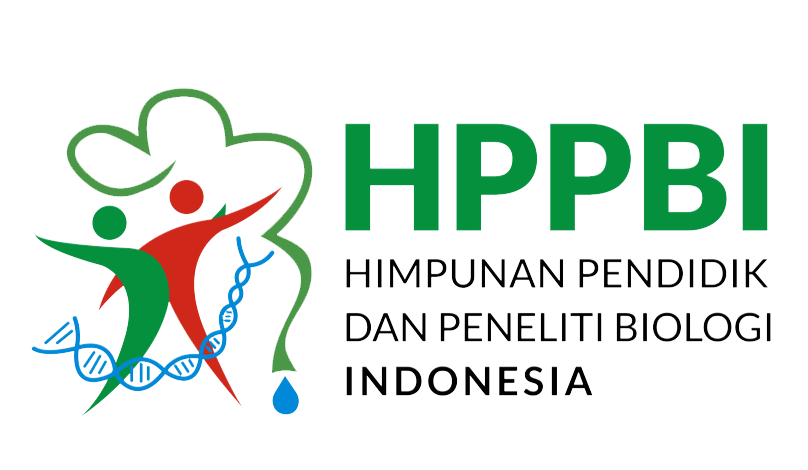STUDI EKOLOGI SUMBERDAYA TERIPANG DI NEGERI PORTO PULAU SAPARUA MALUKU TENGAH
Abstract
Background: Decreasing of sea cucumber resources on numbers and size of fishing capture in Negeri Porto waters influenced its community structures. Further, water environment steadiness will questionable. For this reason, study was done to analyzed community structures of sea cucumbers include of numbers species found, density, potency, species presence frequency, distribute pattern, ecology index and environment measurement.
Method: Research done on February to May, 2008 at Negeri Porto used Line Transect Method.
Result: showed there were eight species of sea cucumbers found (potency as much as 12.286 individuals). Bohadschia marmorata got highest in numbers species found, density, potency and species presence frequency. There were three distribute pattern of sea cucumbers found wich are uniform, random and group.
Conclusion: Sea cucumbers diversity was in lower, species are closed to compatible. B. marmorata and Holothuria edulis are tends to dominate this water. Environment factors such temperature, pH, salinity, DO, turbidity, current and sediment distribute showed that Porto waters was suitable to sea cucumbers growth.
Downloads
Authors who publish with this Journal agree to the following terms:
- Author retain copyright and grant the journal right of first publication with the work simultaneously licensed under a creative commons attribution license that allow others to share the work within an acknowledgement of the work’s authorship and initial publication of this journal.
- Authors are able to enter into separate, additional contractual arrangement for the non-exclusive distribution of the journal’s published version of the work (e.g. acknowledgement of its initial publication in this journal).
- Authors are permitted and encouraged to post their work online (e.g. in institutional repositories or on their websites) prior to and during the submission process, as it can lead to productive exchanges, as well as earlier and greater citation of published works

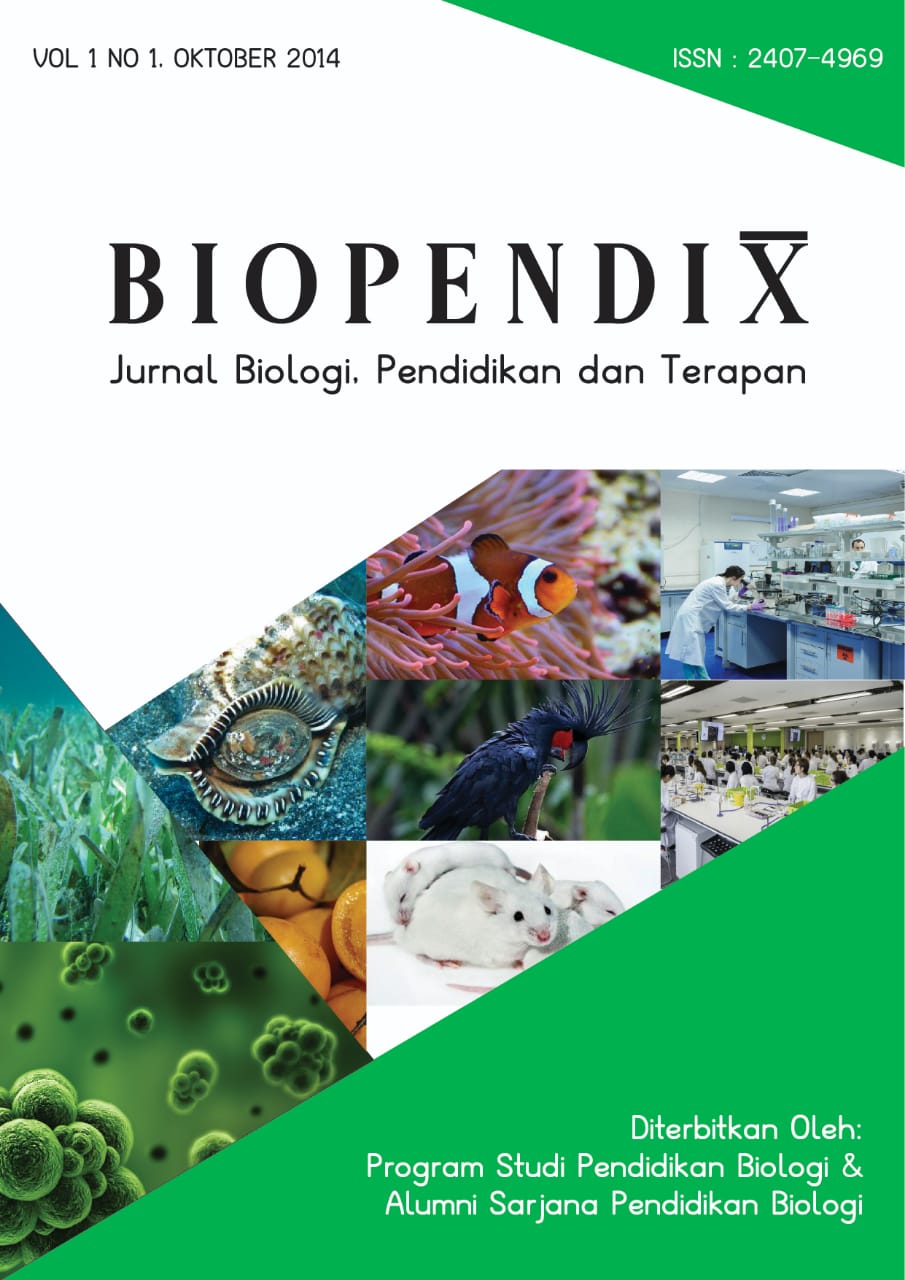

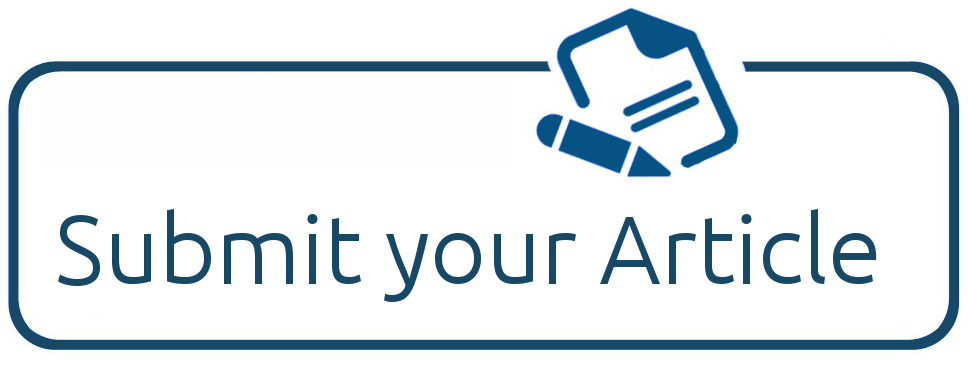
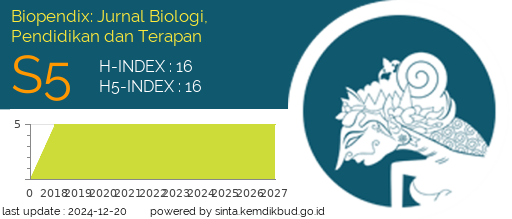
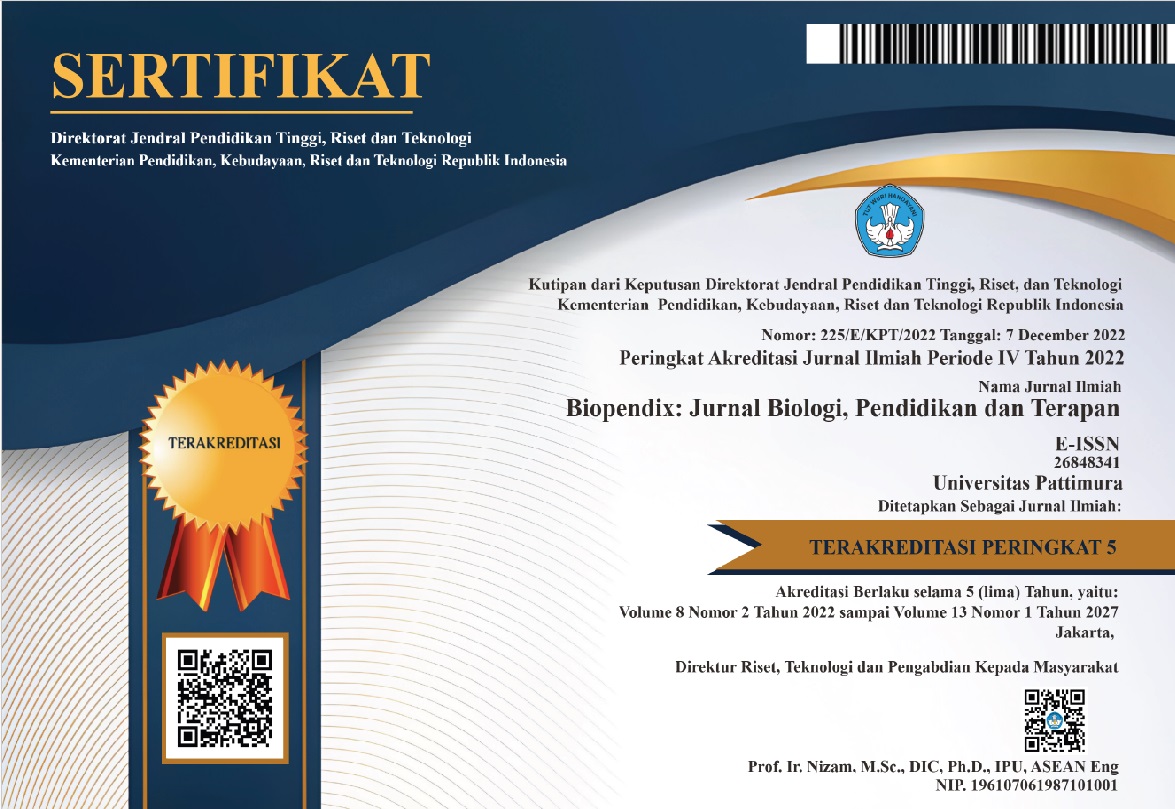 2
2




